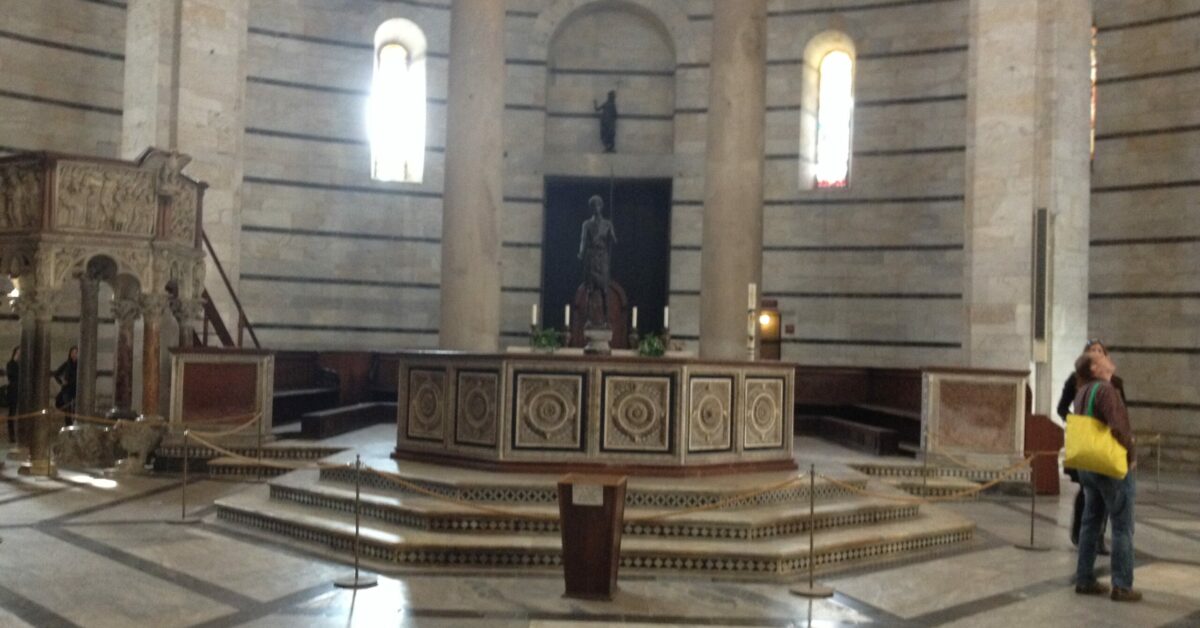Catechumenate Formation for Pastors and Deaconesses-to-Be
“This course will examine how the church forms, catechizes, and incorporates adult Christians into the church and the fullness of the Christian life. It will give specific attention to the practice of adult faith formation, especially through the adult catechumenate, by (1) studying its ritual and theological origins and development, (2) examining contemporary catechumenal theology and practice, and (3) charting a course for adult formation that meets today’s and tomorrow’s challenges. The course will involve interaction with adult formation and catechumenate experts and church workers who are currently engaged in adult faith formation.” So reads the description for the course on the catechumenate that I (Kent) have been teaching for the last two years (and will again next year). So, the next four posts will reflect upon our experience in the course over the last two years. I don’t think my students (hopefully all of them are reading this!) will mind being treated as fodder for the blog. I wouldn’t be reflecting on our experience in the class if they hadn’t given me something to say. I appreciate greatly their investment in the class.
As my students would affirm, and as the course description implies, the course is unquestionably an apologetic for the catechumenate. I don’t make any bones about it. I want them to find things of value in the catechumenate’s intentional way of making lifelong disciples. Most enter the class with little exposure to the catechumenate. They are surprised to hear that the LCMS (alongside the ELCA’s leadership) was involved in the preparation of the Lutheran Welcome to Christ catechumenal materials in the 1990’s. The catechumenate is foreign territory for most of them, a novel concept. But they are all aware that our current ways (usually the 6-8 week adult instruction class) of making disciples isn’t working very well. The making of disciples, assimilation into the body of Christ, and retention for the long haul…well our current patterns don’t have an avowedly strong track record at any of that. My students are positioned to want to find something of value in the catechumenate. My persuasive rhetoric could persuade successfully.
Following an initial introduction through the beginning pages of Paul Hoffman’s Faith Forming Faith, we begin with the rites of the RCIA and Welcome to Christ. Last year a required visit and this year an optional visit to the Easter Vigil at a Roman Catholic Church exposed them to how the Vigil makes the most sense in the context of a catechumenate (20 baptisms at the Roman Catholic Church in St. Louis that some of us attended). A brief history of the catechumenate and conversion follows, especially through the work of Alan Kreider. Then we center on a Lutheran theology of conversion and the acknowledgement that we need to look at conversion both from below (human perspective) and from above (divine perspective and monergism). The last section of this seven-week course considers contemporary issues in the catechumenate such as ritual and preaching, mission and hospitality, catechesis and mystagogy, and vocation. The only required texts are the aforementioned by Hoffman (best introduction to the catechumenate for any audience) and Kreider. The students must do a resource review to familiarize themselves with other resources. The final course project is developing a plan for introducing the catechumenate or aspects of it in their congregation. Since many of the students are finishing their education and will soon be going to their calls, this exercise might prove an immediately handy resource.
In the next three weeks I’ll talk about some of the questions that my students have raised and reflect on the pedagogy of the course, an opportunity for self-critique. Entrance into the course is initially like sojourning in a foreign land. I am thankful my students are willing to become like catechumens themselves and journey with me and become no longer strangers but pilgrims into the catechumenate.
